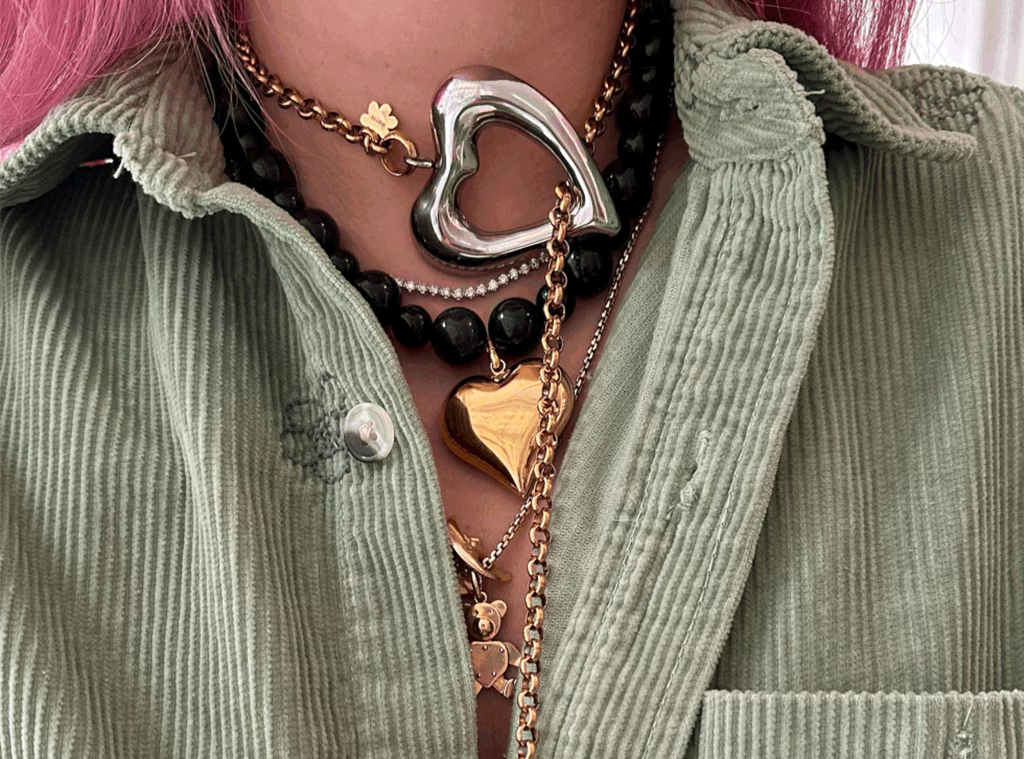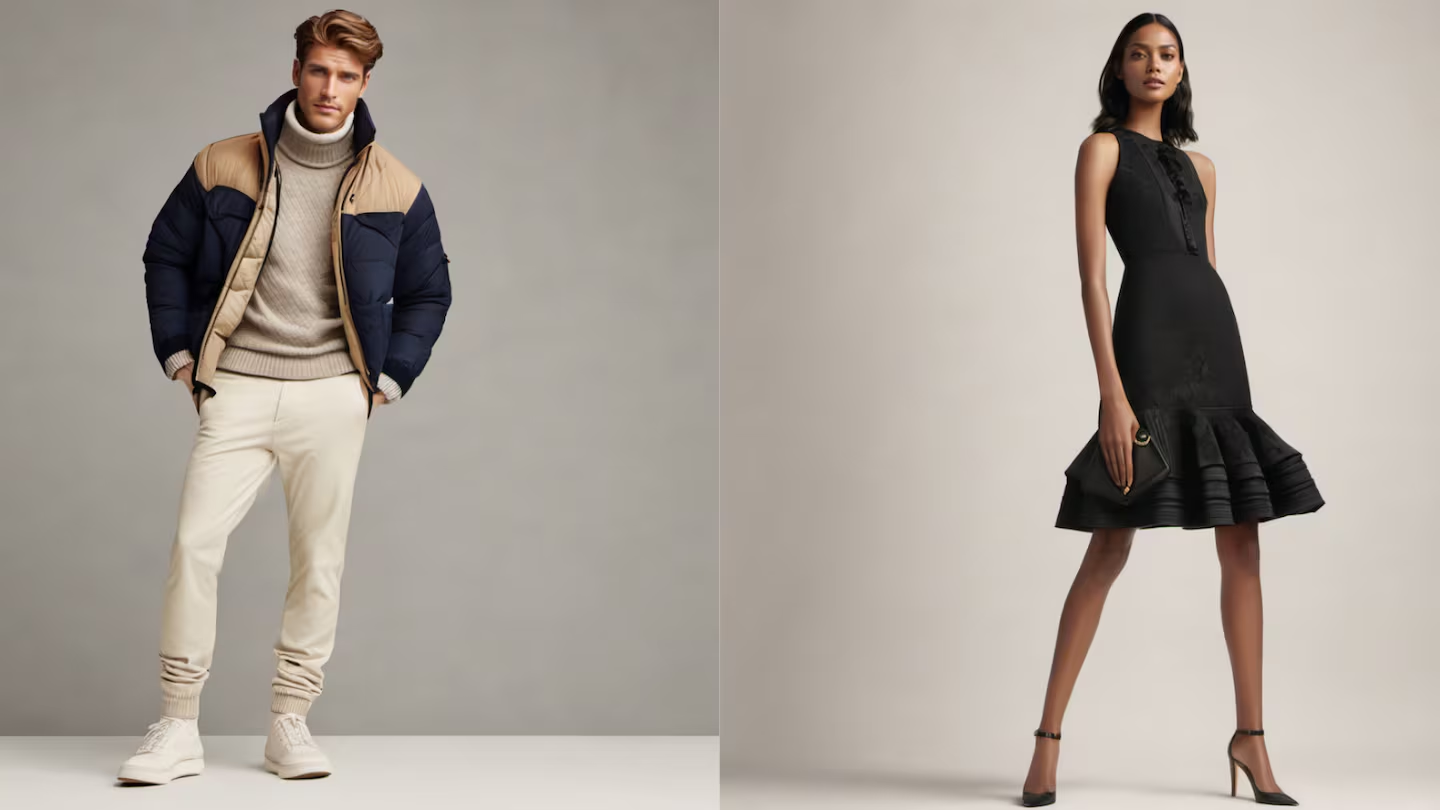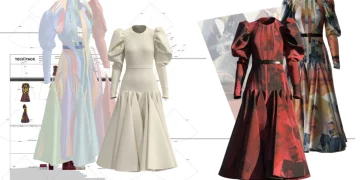In recent years, the world of fashion has experienced a notable shift towards the nostalgic and timeless. Amid this revival, vintage jewelry has seen an extraordinary surge in popularity. From delicate Art Deco pieces to chunky, bohemian designs from the 70s, more people are now gravitating toward jewelry that not only tells a story but also carries an unmistakable sense of craftsmanship, rarity, and personality.
So, what’s behind this surge in vintage jewelry’s popularity? Is it simply a trend, or is there something more profound at play?
1. The Allure of Uniqueness
One of the primary reasons for the rise in vintage jewelry is its inherent uniqueness. In an age of mass production and fast fashion, modern jewelry often feels homogeneous. Consumers are drawn to vintage pieces for their one-of-a-kind nature, whether it’s a piece from a specific era or a design that isn’t reproduced anymore.
Vintage jewelry is not just an accessory; it’s a statement.
A piece from the 1920s might feature intricate filigree work, while a 1960s vintage ring might incorporate vibrant colored gemstones that are not typically seen in today’s collections. The rarity of these designs offers a sense of exclusivity and individuality that mass-market brands simply can’t replicate.
2. Sustainability and Ethical Considerations
As global awareness about sustainability grows, more consumers are looking for ways to reduce their environmental footprint, and vintage jewelry fits seamlessly into this ethos. Rather than contributing to the demand for newly mined materials, purchasing vintage pieces helps to preserve natural resources and minimizes the environmental impact of jewelry production.
Additionally, the process of recycling old jewelry means fewer resources are required to create new pieces. This aligns with broader movements toward ethical consumerism, where people are increasingly conscious of their buying habits and the environmental footprint of their purchases.
By choosing vintage, buyers can enjoy the beauty and craftsmanship of jewelry while simultaneously supporting a more sustainable and responsible way of consuming fashion.
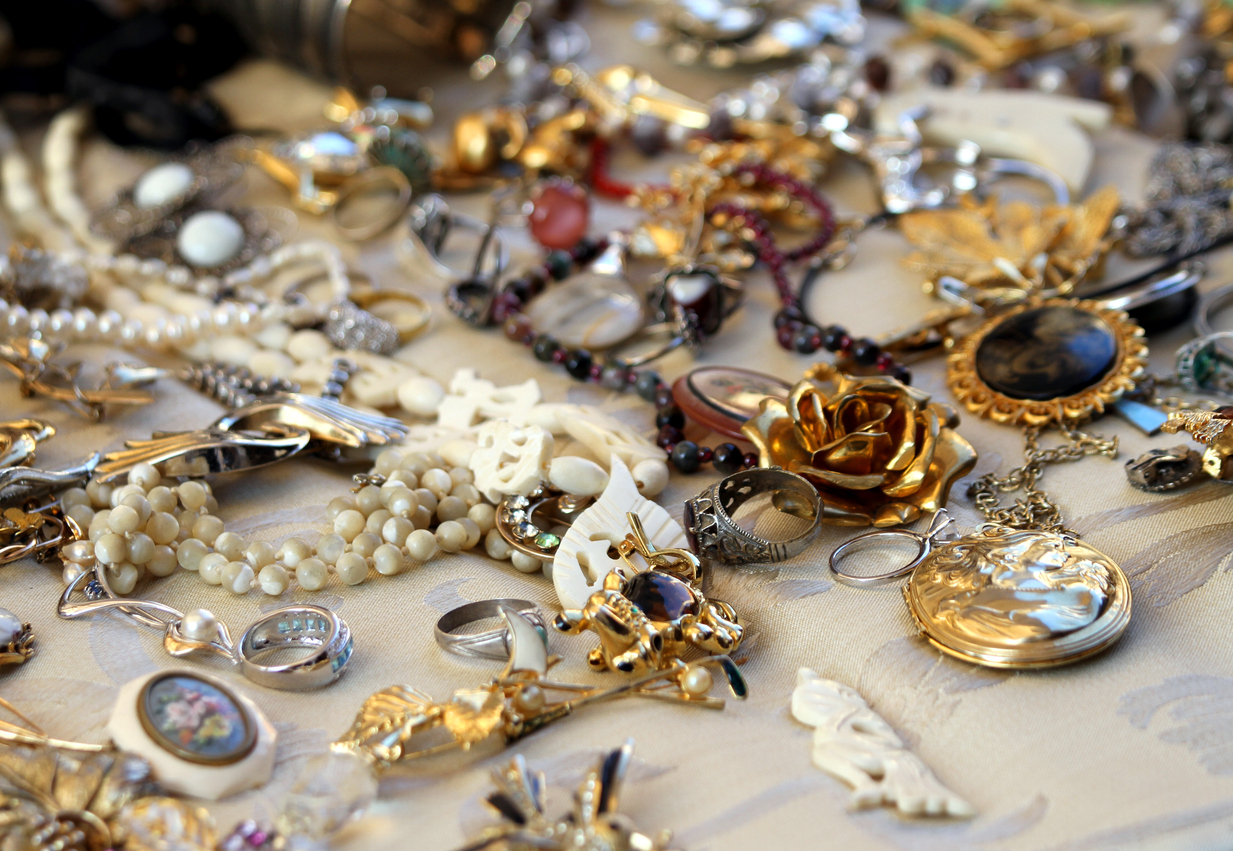
3. A Rich History and Timeless Craftsmanship
Vintage jewelry isn’t just beautiful; it often carries a deep history, whether it’s tied to a particular time period or specific events. Each piece has a story—perhaps it was a gift from a lover, a family heirloom, or simply a reflection of the styles and tastes of its era.
The attention to detail in vintage pieces also often surpasses modern jewelry designs. Before the rise of mass production, skilled artisans took pride in their craft, and the craftsmanship was second to none. Many vintage pieces, especially those from the Victorian, Art Nouveau, and Art Deco periods, feature intricate designs that would be too costly or time-consuming to replicate today.
This deep connection to history, combined with the exceptional craftsmanship, gives vintage jewelry a sense of timelessness. It’s a perfect blend of aesthetic beauty and cultural legacy—an investment in something that transcends fleeting trends.
4. The Resurgence of Retro Fashion
Fashion is cyclical. What’s “old” often comes back in style, and this is especially true for vintage jewelry. Recent trends in retro fashion have fueled interest in jewelry from previous decades, particularly from the 20th century.
For instance, the resurgence of 90s fashion has brought with it an appreciation for chunky gold chains, oversized hoop earrings, and logo-heavy pieces—trends that are now being replicated in vintage shops. Likewise, the love for 80s and 70s boho-chic aesthetics has spurred a demand for bold, statement-making vintage rings, necklaces, and brooches.
In addition, high-profile celebrities and fashion icons often embrace vintage jewelry, showcasing it at red carpet events or in everyday life. When someone like Harry Styles or Rihanna sports vintage pieces, it sends a clear message: old can be new again, and it’s stylish to embrace the past.
5. Social Media and the Search for Authenticity
The role of social media cannot be understated in the current vintage jewelry boom. Platforms like Instagram and Pinterest are visual mediums that allow users to showcase unique and rare jewelry pieces, fueling interest and inspiring others to seek out similar items.
More than just a place to share photos, social media has become a space where individuals seek authenticity and originality. With curated feeds highlighting personal style, vintage jewelry is seen as a way to stand out, away from the cookie-cutter, commercial jewelry brands.
Moreover, the rise of influencers and vintage resellers who specialize in curating collections of rare or iconic pieces has further fueled the desire for vintage jewelry. For many, it’s not just about fashion—it’s about finding something with meaning, something that connects them to the past while also helping them express their individual identity.
6. Affordable Luxury
While vintage jewelry can often be quite expensive, it offers the potential for affordable luxury compared to buying new designer pieces. Vintage rings, necklaces, and bracelets that once belonged to high-end designers can be found at a fraction of the price of new pieces from the same brand, making it an attractive option for those who crave a touch of luxury without the hefty price tag.
For example, a vintage Cartier or Tiffany piece can cost considerably less than a new item from these iconic brands, yet still carries the same prestige and beauty. For collectors and fashion-conscious buyers, vintage jewelry represents an opportunity to own something exclusive without breaking the bank.
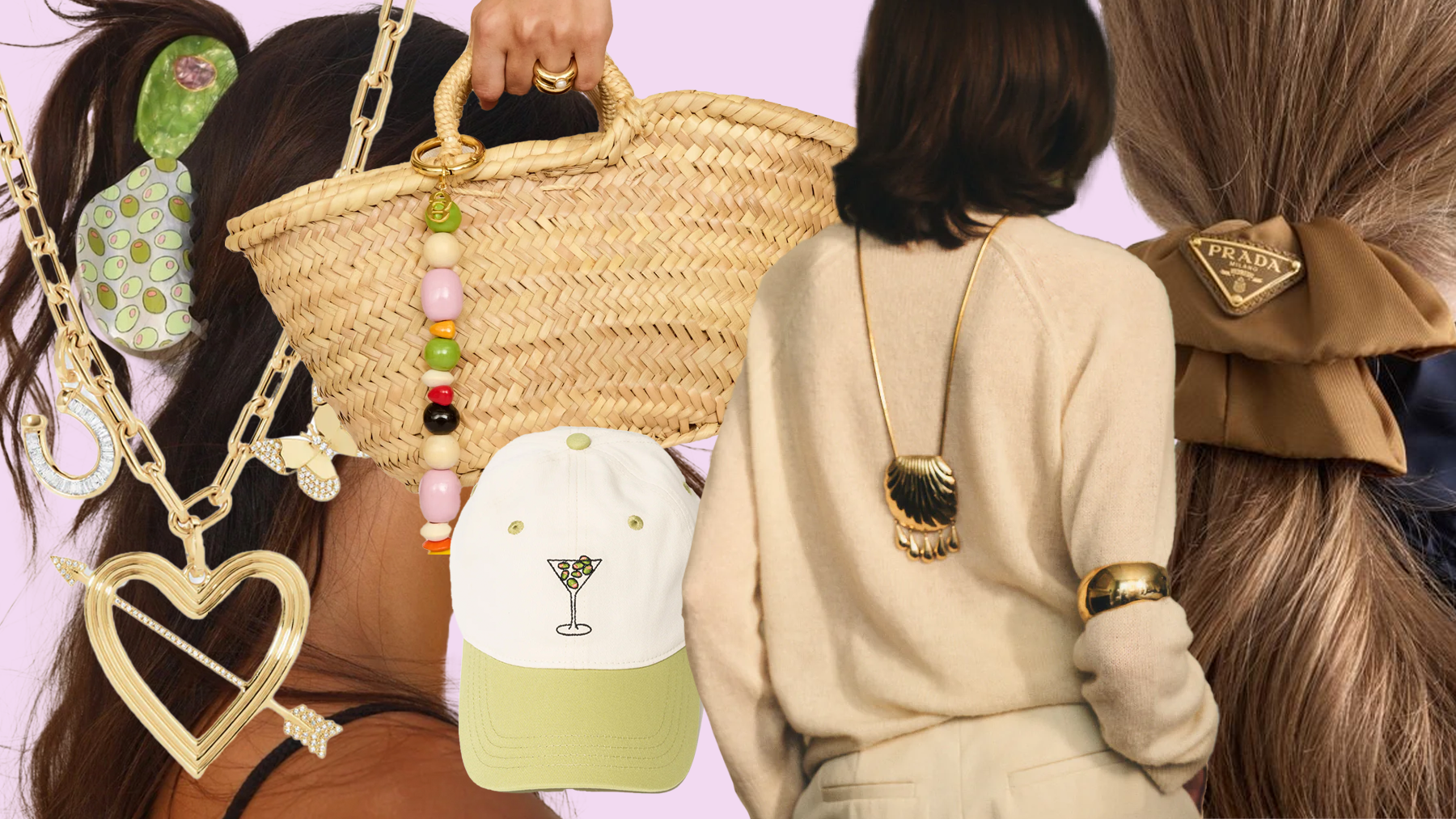
7. The Investment Potential
While vintage jewelry is often chosen for its beauty and craftsmanship, it’s also increasingly seen as an investment. Just like fine art or rare antiques, certain vintage jewelry pieces can appreciate in value over time. Pieces from renowned designers, limited-edition items, or those featuring rare gemstones have the potential to increase in value, making them a smart purchase for collectors.
Historical pieces—especially those from significant movements like Art Deco or those crafted by famous houses such as Van Cleef & Arpels—often become more valuable with time. In a world where inflation and stock market volatility are top concerns, investing in vintage jewelry offers an alternative investment that not only has aesthetic appeal but financial potential as well.
8. The Appeal of Customization
Many vintage jewelry lovers are also drawn to the idea of repurposing and customizing old pieces. Whether it’s turning an antique brooch into a pendant or redesigning a vintage ring to suit modern tastes, there’s an increasing trend toward breathing new life into old jewelry. This process not only makes the piece more personal and unique but also ties it back to the spirit of sustainability.
Customizing vintage jewelry is a way of honoring the past while making it relevant to one’s personal style. It allows the wearer to connect with the piece in a more meaningful way, imbuing it with new memories and significance.
9. Where to Find Vintage Jewelry
Today, vintage jewelry is easier to find than ever before. Traditional brick-and-mortar vintage stores, antique shops, and auction houses have been joined by an expanding world of online marketplaces and specialist vintage resellers. Websites like Etsy, eBay, and specialized online boutiques cater to a global market of vintage jewelry enthusiasts, while platforms like Instagram and TikTok have also become hubs for discovering unique pieces.
However, buying vintage jewelry requires some know-how. It’s essential to understand the provenance, craftsmanship, and authenticity of pieces before purchasing. Working with reputable dealers and getting an appraisal from a certified jeweler can help ensure that you’re investing in genuine, high-quality vintage items.
Conclusion: A Timeless Trend
The surge in vintage jewelry popularity is much more than just a fleeting trend—it’s a reflection of broader shifts in consumer preferences toward sustainability, individuality, and a deeper connection to history and craftsmanship. Whether for its rarity, eco-friendliness, or investment potential, vintage jewelry offers something modern pieces often can’t: a sense of timeless elegance and an opportunity to own a piece of the past.
As fashion continues to evolve, vintage jewelry remains an enduring way to express personal style while honoring the craftsmanship and beauty of bygone eras.


